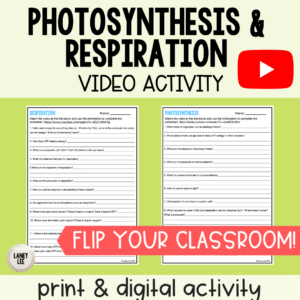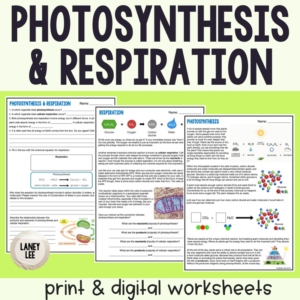Science labs should feel approachable, doable, and actually enjoyable, even if you don’t have a full lab setup or years of experience running experiments. I’ve taught in classrooms without sinks, with wild class periods, and with barely enough materials to go around. I know how intimidating labs can feel when the logistics seem overwhelming.
That’s why I create labs that are simple to prep, easy to run, and realistic for real classrooms—whether you’re a first-year teacher or a seasoned pro. My goal is to take the stress out of labs so you can focus on what matters most: helping your students explore, question, and fall in love with science.
Let’s make hands-on learning possible for everyone. No fancy equipment required. You’ve got this, and I’m here to help.
Lab Summary
In the yeast respiration lab, students explore how yeast breaks down sugar to produce energy and carbon dioxide gas. After combining yeast with warm water and different types of sugar in bottles topped with balloons, they observe the balloons inflating as CO₂ is released. By measuring balloon circumference over time and comparing sugar types, students see clear evidence of cellular respiration and fermentation in action. This simple, low-prep activity makes abstract life science concepts like aerobic versus anaerobic respiration tangible and memorable, while connecting to real-world applications such as bread making and brewing
See more of this lab in action on my blog.
Who is this resource for?
Ideal for grades 6–9, this resource supports classroom teachers, tutors, homeschoolers, and parents alike. It’s designed to work across a variety of instructional settings.
What’s Included?
Everything you need is just a click away. After purchase, download the main PDF and access all linked digital resources on page 2.
Please look at the preview file to see more of this resource.
More questions?
Email me at laneyleeteaches@gmail.com



